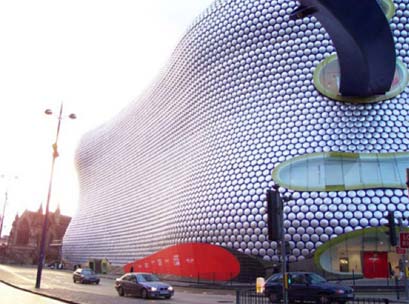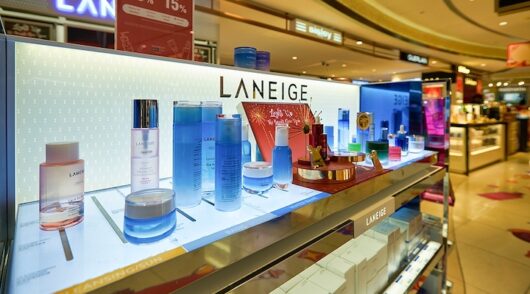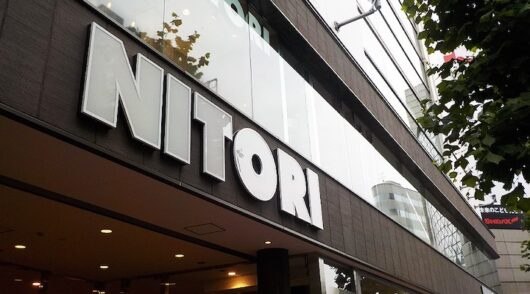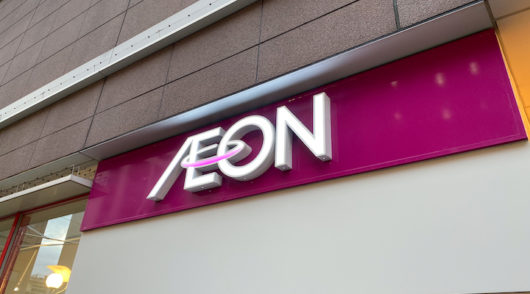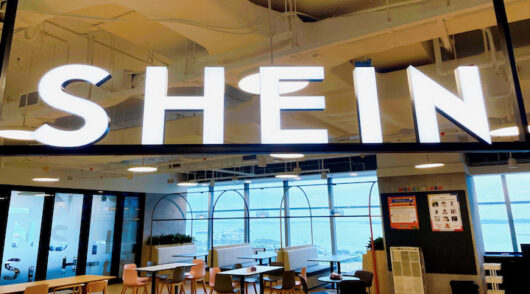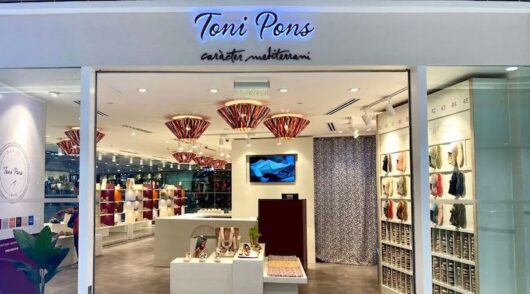This is arguably the most fascinating, puzzling, daunting, challenging and ultimately exhilarating time for retail in history.
Markets are polarising, brands globalising, media fragmenting, consumerexpectations rising, space retracting, transactions digitising andeconomies still struggling. But for those who embrace the conflux, thereare fortunes to be made and fun to be had in what we at IdeaWorks callthe “New Retail” world. (If you don’t believe me, witness the rise ofcollective bargaining website, Groupon, which created a half a billiondollar business from a standing start in two years, and recentlyattracted a US$6 billion offer from Google.)
In order tonavigate this uncertain retail terrain, you need to understand what’s onthe horizon. So listed below are a few of the trends I’m seeing for2011 (and some retailer references if you’re interested):
1. Customers in Control – I wrote about this trend in my columnlast week. It’s all about the power shift first from manufacturers toretailers, and now to consumers, and how (as US Wired Magazine puts it),“shoppers are beating retailers at their own game”. Technologyis driving this trend – eg. smartphone price comparison apps, “deal ofthe day” websites, and overseas online shopping – which I’ll discussfurther under trend #9, “Constantly Connected”. Retailer references: Groupon, Amazon
2. Value and Values– Value has been the megatrend in retail for the past few years, butcustomers are starting to demand that retailers not only offer “value”but also espouse “values” like environmental and social responsibility.It’s all part of a more sophisticated understanding of what “value”really means. Traditionally, we have often confused “value” with“price”. A study from Verdict Research in the UK shows that Britishconsumers are becoming less sensitive to price, and looking for morequality and service. In addition, shoppers are beginning to look forretail that’s a little less selfish – “good for me, good for you, and good for the planet” – as UK retail doyen Mary Portas puts it. Retailer references: Uniqlo, Timberland UK
3. The Death of Discounting–This is a corollary trend from #2. Percentage-off promotions arerunning out of puff and the discounting drug is just not givingretailers the same sales kick as in previous years. Where do you go from50 per cent off, 60 per cent off, 70 per cent off? In 2011, the answerwill lie in engineering real value into products and services in thefirst place, carefully and inventively adding value during promotionalperiods, and constructing new, more creative (and fun) ways to grab abargain – such as allowing shoppers to club together to get a betterdeal. Retailer reference: Apple
4. Authenticity (and Fauxthencity)– The old model in retail was to come up with a winning retail conceptand stamp it out in “cookie-cutter” fashion. To a lot of shoppers today,that’s just plain boring. (“If you’ve seen one shopping centre, you’veseen them all…”) Consumers in 2011 will increasingly look fordistinctive, “real” retail experiences. Brands that have a genuinehistory and a compelling story to tell will win and they will berewarded even more if they vary their retail fit-outs. And if you don’thave a tale to tell? Well, that’s where “fauxthenticity” comes in – makeone up! Retailer references: Ralph Lauren’s RRL & Co, Madewell, Aesop
5. Vintage Retail– You can already see this trend emerging with vintage (great term forsecondhand) collections in Top Shop London and Sportsgirl here and itwill gather momentum in 2011. Used will be huge. In Japan (often awindow into the future), Kinji is a major (and cool) pre-loved clothingchain, and Book Off is a massive secondhand books, manga and CD retailerwith 866 stores across the country. Retailer references: Levis Vintage, Book Off
6. Store as Experience Centres– Online is devastatingly effective as a transaction medium. It’s afast, efficient way to browse, compare and purchase. But it can’tcompete with physical retail when it comes to delivering an experience.Retailers will need to invest more in creating “experience centres”,which should be always high-touch, often high-tech and designed to gettalked about, like the Apple Stores all over the world. Retailer references: National Geographic London, Selfridges London, Anthropologie US and UK
7. This Time it’s Personal – The trend tocustomisation of products and services has been gathering steam for acouple of years and it’s definitely one to watch. In the Nike Store inHarajuku Tokyo earlier this year, I estimated that 60 per cent of theshoes and apparel on sale were customisable. And when I visited AnyaHindmarch Bespoke in London, the whole concept was oriented towardstailored product – such as handbags and keepsake boxes. As Hindmarchsays; “The idea (is) that something has your name on it – not mine.” Retailer references: Nike (especially their concept store 225 Forest), Anya Hindmarch Bespoke
8. Return of Premium– Luxury retail is coming back. The difference this time is that youcan’t just slap a logo on something and expect it to sell. If a brandand its products are well-considered, well-crafted, designed to last,have a story to tell and are represented in a stunning physical spacethen consumers will connect. Retailer reference: Louis Vuitton, Hermes
9. Constantly Connected– Once upon a time, the web was a tool you accessed from a computer on adesk or your lap. These days, smartphones make the web accessible fromthe palm of your hand, wherever you are, whenever you want it. And thetrend is growing rapidly for shoppers to price check and purchase fromtheir mobile phones in stores. The Wall Street Journal reported recentlythat on the Friday after Thanksgiving a year ago, shoppers using theirmobiles in stores accounted for a mere 0.1 per cent of visits to retailwebsites. This year it was 5.6 per cent, an increase of 50 times. Watchthis screen. Retailer reference: Red Laser
10. All Kinds of Commerce– The future is in allowing your customer to purchase when and whereshe wants to. That will include traditional (instore) commerce,e-commerce, m-commerce (mobile), f-commerce (facebook), s-commerce(social) and v-commerce (video-enabled, eg. YouTube). Retailer Reference: French Connection You Tube channel
11. Considered Consumption– This phrase sums up the Post GFC consumer we will face in 2011 andbeyond. The days of mindless consumption are gone, and with them thepromise of endlessly rising comparable store sales. The consumer we willdeal with in 2011 really thinks about what she is buying, making“mindful choices”, selectively seeking out deals, and trading downunless she sees real value in what she is purchasing. That will present achallenge for retailers, but as always, those with a distinctive offerand clear customer value proposition will triumph. Retailer reference: Audi
That’s my list. What’s yours? What do you see as the most important retail trends for 2011?
The New Year will be an exciting time for New Retail. And I for one can’t wait.
Jon Bird is CEO of specialist retail marketing agency IdeaWorks (www.ideaworks.com.au). Email jon.bird@ideaworks.com.au. For more retail insights and inspiration, visit www.newretailblog.com.

